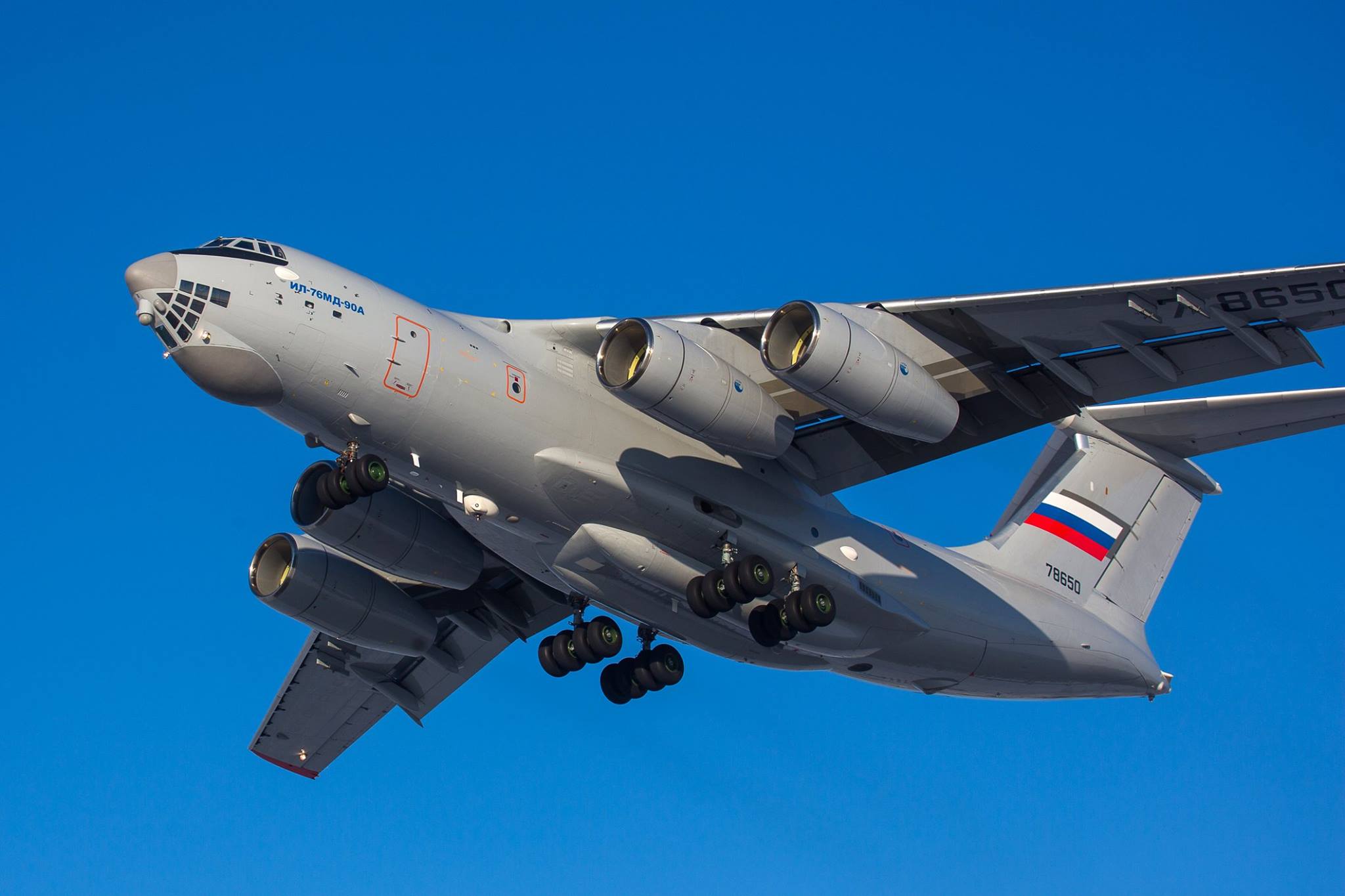First Operational Trial of S-400 in Iran Marks Strategic Turning Point in Tehran’s Regional Air Defence Architecture
(DEFENCE SECURITY ASIA) — In a dramatic escalation that could reshape the strategic balance of power in the Middle East, Iran has reportedly conducted the first-ever operational test of the Russian-made S-400 Triumf air defense system, demonstrating for the first time its capability to deploy one of the world’s most advanced long-range surface-to-air missile (SAM) platforms in live battlefield conditions.
According to information published by Iranian defence news outlet Birun.info, the operational evaluation took place on July 26, 2025, near the strategically sensitive city of Isfahan, located approximately 440 kilometers south of Tehran.
This marks the first confirmed real-world deployment of the S-400 system on Iranian soil, and the test is being interpreted by regional analysts as a clear message to Israel and the United States that Tehran’s airspace will no longer be penetrated without significant cost.

The system tested appears to be a fully integrated S-400 battery, complete with the 91N6E “Big Bird” acquisition radar, 92N6E “Grave Stone” engagement radar, centralized command-and-control unit, and multiple 5P85TE2 transporter erector launchers.
Missiles believed to be utilized in the operational exercise include the 48N6E3, with a range of up to 250 kilometers, and potentially the even more lethal 40N6 missile, capable of destroying high-value airborne targets at distances of up to 380 kilometers.
Local residents in Isfahan reported increased radar activity, vehicle movements, and elevated military presence in the weeks leading up to the event, suggesting that the operational test was part of a broader military readiness exercise simulating hostile air incursions.
No official footage or confirmation has yet been released by Iran’s Ministry of Defense, but regional OSINT platforms have corroborated unusual emissions consistent with S-400 radar profiles and noted transport signatures matching S-400 components.
“The S-400 test in Iran signals a qualitative leap in its ability to deny hostile access to its critical infrastructure and military zones, particularly in the face of Israeli fifth-generation platforms like the F-35I,” one defence expert based in the Gulf region told Defence Security Asia.
The timing of this historic test coincides with the sighting of a Russian Il-76 Candid strategic transport aircraft landing briefly in Tehran before returning to Russian airspace — an event that has reignited long-running speculation over covert military hardware transfers between Moscow and Tehran.
The Il-76, a Cold War-era heavy-lift aircraft capable of carrying up to 50 tonnes of equipment including missiles, radar units, or fighter jet components, has been tracked repeatedly entering Iranian airspace over the past year.

These clandestine landings have been documented by open-source intelligence (OSINT) communities, who have correlated the arrival of the Il-76 with sudden enhancements in Iran’s radar coverage and air defense deployments, particularly along its western borders and in areas near Natanz and Fordow nuclear facilities.
Military sources suspect that the July 26 sortie may have involved the final delivery of S-400 missiles or fire-control software upgrades, aligning with the timeline of the system’s first live deployment under operational conditions.
While official Russian sources have remained silent, the flight logs and electronic emissions tracking strongly support the theory that Moscow has quietly supplied Iran with S-400 systems despite international concerns over proliferation of advanced SAM technology.
The broader implications of this operational test are significant.
With the 40N6 missile, Iran could now theoretically engage high-value aircraft — such as E-2D Hawkeyes, JSTARS, KC-135 tankers, or even stealth fighters — from distances exceeding 350 kilometers, effectively creating a layered anti-access/area denial (A2/AD) umbrella across much of its western and southern airspace.
This could force adversaries like Israel and the United States to rethink their airborne ISR (Intelligence, Surveillance, Reconnaissance) and strike operations, particularly around Iranian nuclear and missile development sites.
The S-400’s advanced engagement radar is also believed to possess limited stealth detection capabilities, enabling Iran to partially mitigate the advantage posed by the Israeli F-35I “Adir” stealth fighter, which has regularly conducted long-range strike simulations over neighboring airspace.
The S-400’s reported deployment comes amid growing frustration in Tehran over delays in the delivery of the Russian Su-35 “Flanker-E” multirole fighter jets, which were supposed to modernize the Islamic Republic of Iran Air Force (IRIAF) but have stalled due to shifting Russian export priorities following its war in Ukraine.
Iranian officials are said to have delivered stern warnings to Moscow over continued delays, with some speculating that the expedited delivery of the S-400 system — possibly as an alternative or interim solution — may have been part of a broader military quid pro quo.
“The S-400 is not just a missile system; it’s a political signal wrapped in a launcher,” a European defense attaché told Defence Security Asia on condition of anonymity.
“This test confirms that Iran is actively constructing a credible deterrent grid in anticipation of multi-vector aerial threats, especially those posed by a potential Israeli first strike scenario.”
The introduction of the S-400 into an operational environment in Iran also marks a regional first — no other Middle Eastern country outside of Russia’s close allies has tested the system under live operational conditions.
This development may provoke strategic recalibrations across Gulf Cooperation Council (GCC) states, many of which rely on American-built Patriot PAC-3 and THAAD systems that, while effective, have lower altitude ceilings and limited anti-stealth capability compared to the S-400.
If confirmed, Iran’s possession and operational integration of the S-400 significantly complicates any air campaign planning against the Islamic Republic, potentially forcing Israel to either increase electronic warfare (EW) payloads on strike missions or seek direct sabotage operations on ground-based launchers.
The test also underscores Iran’s multi-domain deterrent strategy, which blends asymmetric drone warfare, missile saturation tactics, and now advanced strategic SAM platforms, giving the regime enhanced survivability in the face of a high-intensity air conflict.
As the international community awaits clearer satellite confirmation or formal acknowledgment, the message from Isfahan is already unmistakable — Iran now fields one of the world’s most advanced air defense systems under combat-ready conditions, and it is prepared to use it.

